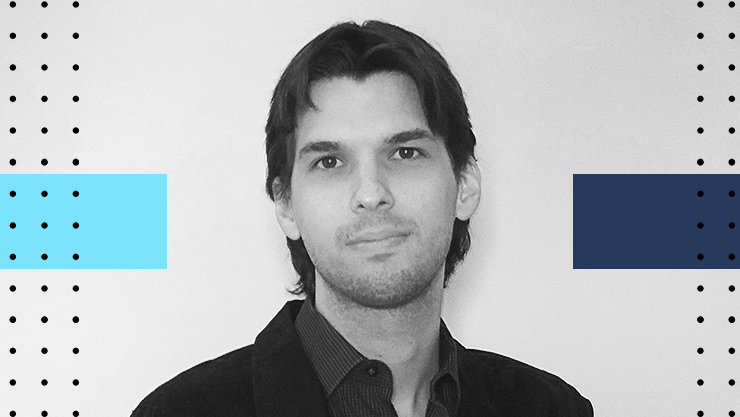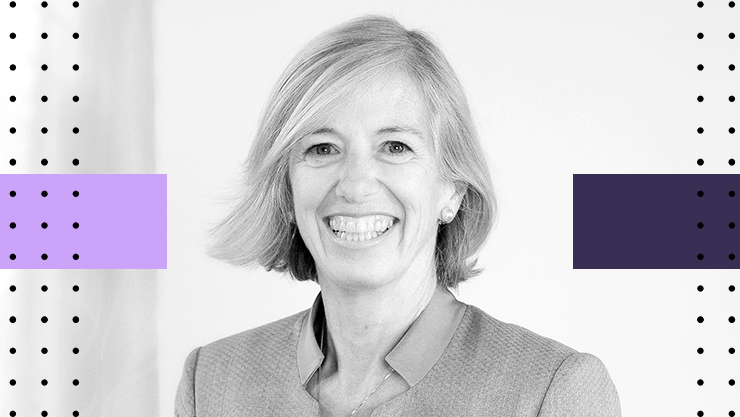
Re-linking a Community
with Quinton LucasKansas City Mayor Quinton Lucas joined Jeremy M. Golberg as part of our Future of Infrastructure series for a discussion about planning a more inclusive city and how to tackle the inequities of the past by bringing communities back together.

This is a show for anyone who cares about using digital approaches in the public sector to deliver better outcomes. We explore stories from around the world, where public servants have been successful at driving change. We meet the people behind the stories, to hear their first-hand experiences and lessons learned. Throughout the series we discuss technology and trends, as well as the cultural aspects of making change happen.
How can city leaders tackle the inequities of infrastructure built in the past? In this episode, Mayor Quinton Lucas joins host Jeremy Goldberg to talk about the legacy of U.S. Highway 71 in Kansas City, a divided community, and how he is using the U. S.’s infrastructure bill to build more equitable infrastructure.
Jeremy Goldberg | LinkedIn
Mayor Quinton Lucas | Site | Twitter
Bipartisan Infrastructure Law (Infrastructure Investment and Jobs Act)

Episode summary
How can city leaders tackle the inequities of infrastructure built in the past? In this episode, Mayor Quinton Lucas joined guest host Jeremy Goldberg to talk about the legacy of U.S. Highway 71 in Kansas City, a divided community, and how he is using the U.S.’s Infrastructure Bill to build more equitable infrastructure.
Listen to this episode on any of these podcast platforms:
Using the Infrastructure Bill to fight historical inequity
How can city leaders tackle the inequities of infrastructure built in the past? In this episode, Mayor Quinton Lucas joined us to talk about the legacy of U.S. Highway 71 in Kansas City, a divided community, and how he is using the U.S.’s infrastructure bill to build more equitable infrastructure.
What motivated Mayor Lucas to start a career in public service?
“I remember when I was a kid, I had this amazing mayor, our first black mayor of Kansas City was a man by the name of Emanuel Cleaver.”
Like many people, Mayor Lucas was influenced by a great role model who helped him envision a future for himself, and in this case highlighting the importance of diversity in public figures for inspiring the next generation of leaders.
“You saw the local nature of issues that become so big. And I think from the Kansas City perspective, we saw where the local side can really make sure people feel heard and ultimately make a difference in the world of the future. So that’s where it all started.”
One of the most powerful parts of a local or municipal government is that it is so close to people. The decisions and investments made on this level have a large impact on the everyday lives of the people who live there – and this is particularly true when it comes to infrastructure.
The Problem with US Highway 71
“To know more about this project is to – to go back in time and oddly enough, not that far back in time when much of what we were doing in cities and states around the country were building these roads that just bulldozed through communities. “
Infrastructure projects today must upgrade and improve the operations of existing infrastructure, but also need to be designed with communities in mind. This requires overcoming challenges both with the operational and construction side of infrastructure, but also the need to engage with communities so that investments will have a positive impact on the people around them.
“Maybe there’s a way we can re-link a community, and maybe there’s a way that we can show that infrastructure, while important and efficiency [is] key, doesn’t have to mean that you are casting one part of our community that’s disproportionately minority in a box on an island that’s disconnected from other parts of the city.”
The impact of well designed and built infrastructure is best measured by its effect on real people. In Kansas City, the work on U.S. Highway 71 will help make the community safer and more connected.
Why Now is the Time to Solve these Problems
“But fortunately, I think there are some of us who are trying to be a lot more forward looking and saying, this money gives us a unique opportunity to say, all right, if I’m looking at the next 50 years, 100 years at my community and where I want it to go, then what would I invest in and how would I do it? And understanding that the infrastructure conversation isn’t divorced from technology. It isn’t divorced from urban planning and from equity and from climate change.”
Because of the new infrastructure funding available to the city, the Mayor is using this opportunity to think about how to fix the problems of the past while planning for the future.
“You quantify the saving in time for somebody who’s walking some distance to catch a bus and not crossing a state highway anymore at a bunch of dangerous traffic lights. I think you look at the economic development that is built up, even announced sometimes. When we first announce a project, you see that in infrastructure all the time.“
How do we know we’ve succeeded? Mayor Lucas says it’s impact on the lives of people. When someone can get to their bus quicker and more easily, that’s the kind of success that resonates on the personal and community level.
To find out more:
Mayor Lucas’s recommended book: The Profession by Bill Bratton
Learn more about how Microsoft supports critical infrastructure
About the Center of Expertise
Microsoft’s Public Sector Center of Expertise brings together thought leadership and research relating to digital transformation in the public sector. The Center of Expertise highlights the efforts and success stories of public servants around the globe, while fostering a community of decision makers with a variety of resources from podcasts and webinars to white papers and new research. Join us as we discover and share the learnings and achievements of public sector communities.
Questions or suggestions?











